Once you begin the search for a people counting system, certain questions always surface, such as “What is the most accurate people counter technology?”
To understand the improvements to people counter accuracy, think about computer technologies as a whole, you can see the leaps and bounds made in the last decade alone. The improvements to computers, smart devices, networks, and cloud storage have all paved the way for data-driven business models.
Businesses are ever-increasing their data inputs to gain more knowledge on their customers, products, services, performance, position in the marketplace, and everything in between.
One such data point is foot traffic. To confidently base a business decision off of this data, you have to trust its accuracy without a shadow of a doubt.
Types of People Counting Devices
To put the most accurate people counting technology into perspective, it’s useful to learn its history. The three most common technologies for counting people are break-beam, thermal imaging, and stereo video.
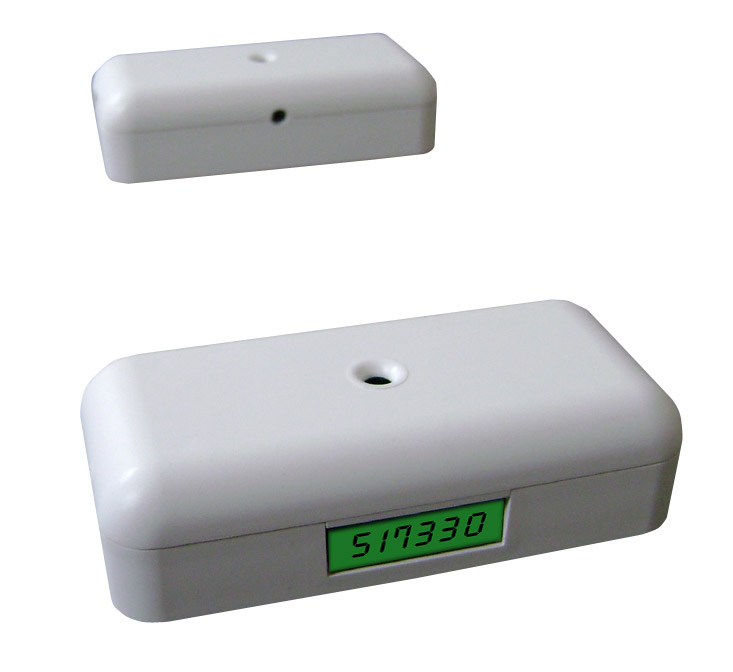
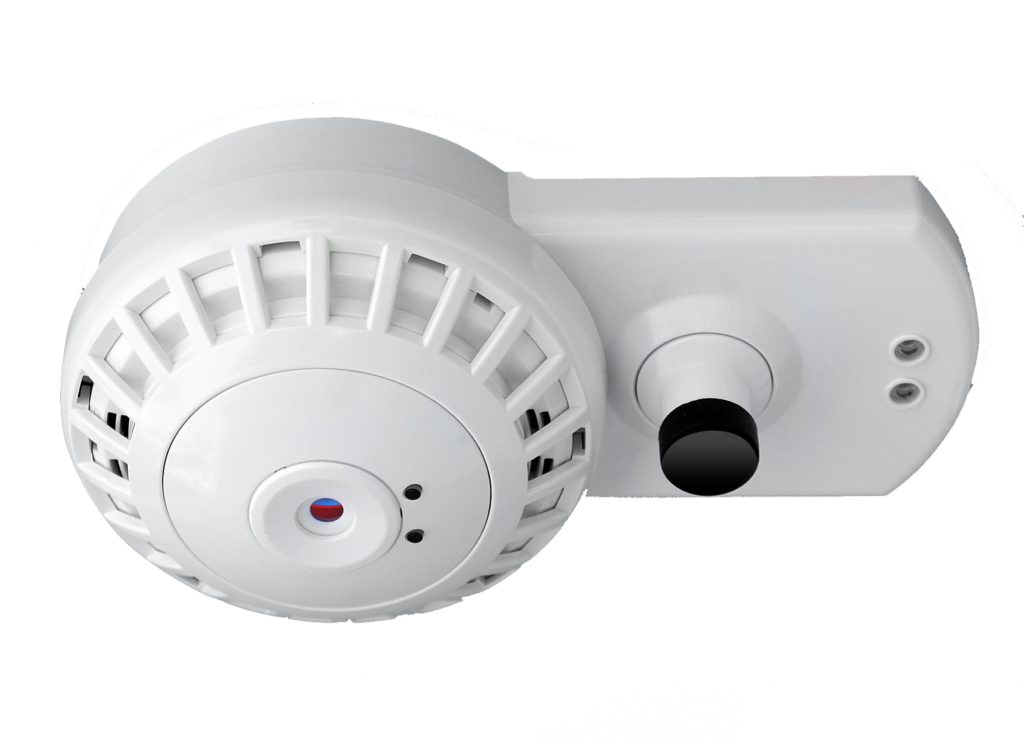
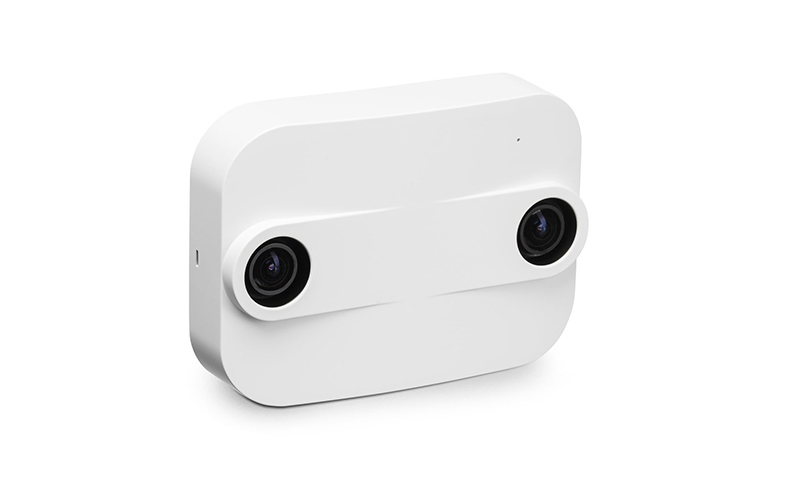
Photoelectric Break-Beam People Counters
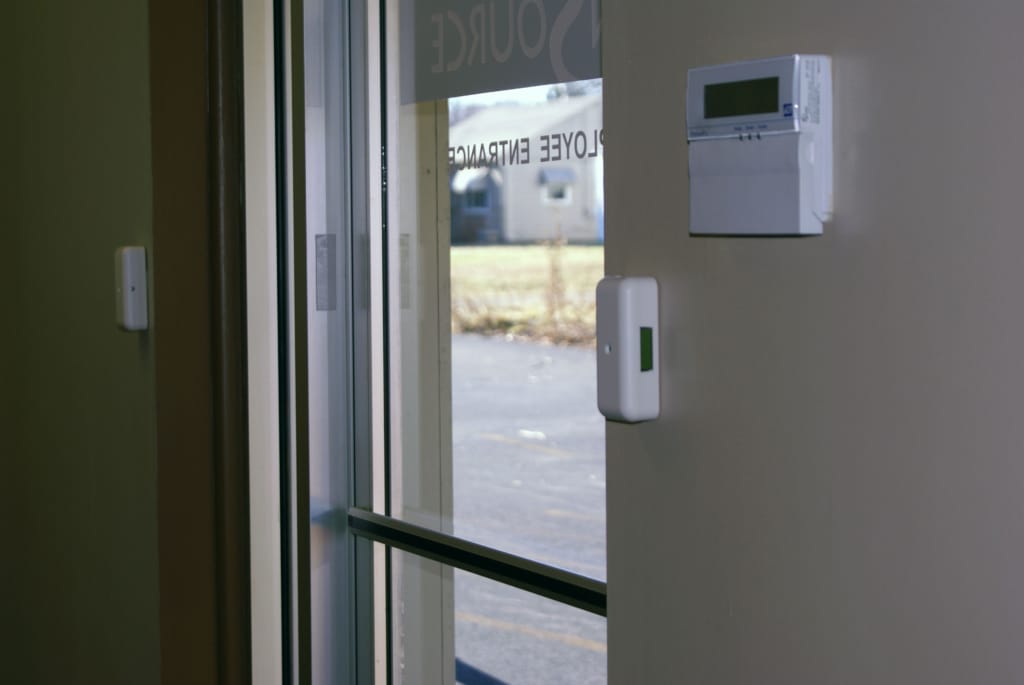
In the early 2000’s break-beam style counters were seen on doorframes across the country. The units used a basic technology to capture a general sense of a facility’s foot traffic. If the invisible infrared beam was broken, it incremented a count. The sensing unit included a small display for staff to read the foot traffic statistics for the day and reset.
Precision was the main problem with this technology. The device would increment a count whenever the beam was broken, and oftentimes the beam was broken by a crowd and the unit only counted one, rather than accounting for the five people who entered side-by-side.
Overcounting was also common if someone paced back and forth between the sensing units, perhaps waiting for a friend or talking on the phone.
Break-beam counters quickly became obsolete when the next generation of technology arrived and improved upon its shortcomings.
Even in 2023, we still hear from potential customers that they’re using break-beam style sensors and are ready for an upgrade. Libraries were early adopters to people counters and are the group we hear about upgrading the most. We created this Monday Minute video to answer the most common questions about modern people counters – Foot Traffic Counting 101.
Thermal Imaging People Counters
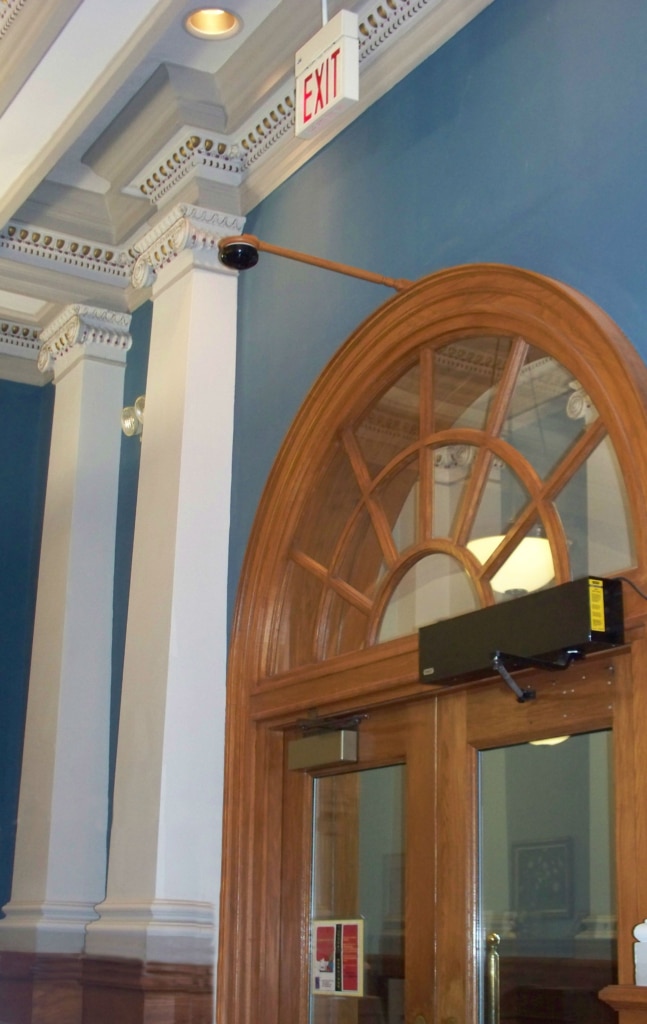
Around 2010, thermal imaging people counting technology took over the market and at the time were the most accurate. It resolved many of the inaccuracies posed by break-beam devices. Mounted on the ceiling, it captured a top-down view of a building’s entrance.
Using thermal imaging, a person’s heat signature was detected, allowing precise counting, including groups walking side-by-side and omitting objects without heat signatures like bags and carts. The devices were also PoE, meaning they connected to your network and push traffic data to software – no manual data collection required.
The problem with thermal imaging technology was inconsistency. Outside sources could affect the sensor’s ability to count, such as changes in temperature from a nearby HVAC system. Because the device is scanning for a heat signature of a human compared to its snapshot of the floor, if a person stood still long enough the sensor would consider that person part of the background and drop its track, losing the count.
After about a decade run, video-based technology outpaced thermal for the best counting solution.
Stereo Video People Counters
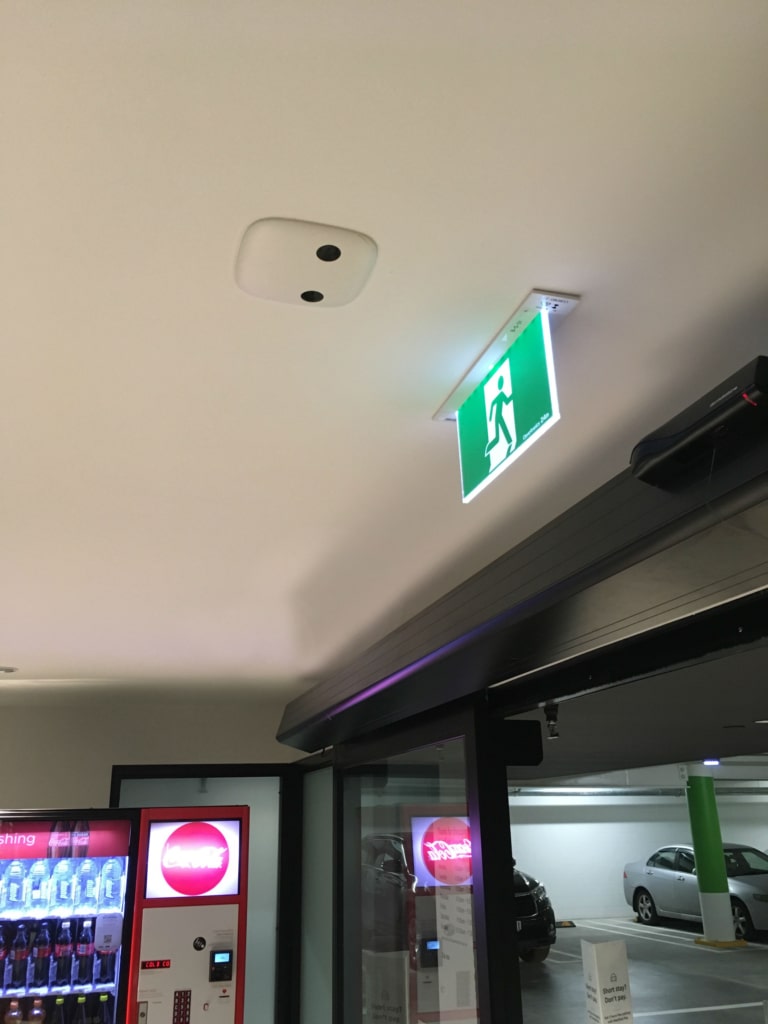
Stereo-video based sensors remain the most accurate people counter technology on the market, consistently boasting 97% or greater accuracy.
Our technical support team validates accuracy by recording video segments of the sensor’s view. They watch through the recording, using a tool to increment entrance and exit counts as they occur. This side-by-side comparison validates accuracy and helps our team ensure 97% or greater accuracy is achieved.
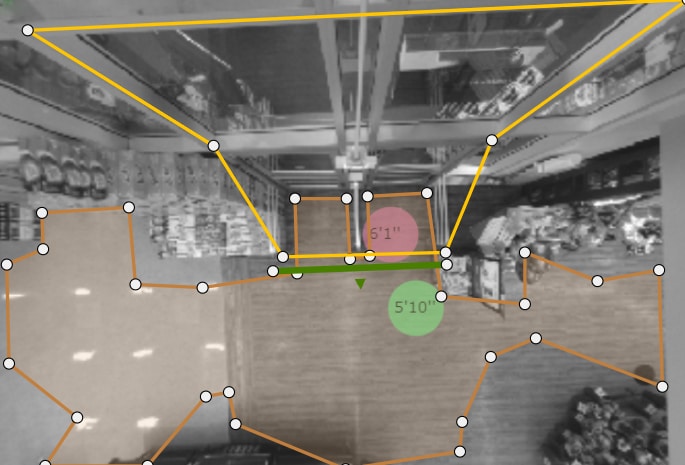
Why is stereo-video technology the most accurate?
It uses two video lenses to view a scene, similar to how humans have two eyes to see. The benefits of two lenses, binocular vision, over a single lens, monocular, are the ability to see a larger field of view and to have depth perception.
They are programmed to look for a very specific algorithm that defines a human, mainly focused around height and shape of head and shoulders.
The latest stereo video devices are also layered with AI, artificial intelligence, continually fine-tuning the detection algorithm making it even more accurate overtime.
If you’d like to preview what the next steps would be to purchasing a modern people counter, check out our Monday Minute video, Getting Started with SenSource People Counting.
Continual Improvement
We like to consider ourselves “hardware agnostic” in that we are not tied to a specific hardware or type of technology. We are continually seeking out and testing different kinds of sensing technologies and hardware manufacturers to ensure we truly are offering the best solutions to our customers.
Ready to see a live demo of the most accurate people counting technology in action?

